- Learning time
- 60 minutes
- First play time
- 180 minutes
Sekigahara – the Unification of Japan
Designed by: Matt Calkins
Sekigahara is a two player game depicting the 7 week campaign in the year 1600 that unified Japan under a single shogunate, and ushered in a lasting peace after centuries of feudal fighting. As that precis might suggest, this is a serious game – stunning to look at but by most war-gaming standards, not overly complicated to play.
The players take the roles of the two principle sides in the conflict, Tokugawa Ieyasu (black), and Ishida Mitsunari (gold). Over the course of seven rounds, representing the seven weeks of fighting, players gather their forces from the surrounding clans, ushering them into battle, and hoping they won’t defect to the other side in the heat of the fight. If either side eliminates their opponents leader they win, If the Tokugawa player captures a piece representing 7 year old Toyotomi Hideyori, son and heir to the recently deceased ruler Toyotomi Hideyoshi, the Tokugawa side wins. If neither side wins an outright victory before the seven weeks is up, victory points for controlled castles and resource locations are tallied, and a winner is declared.
The game pieces are blocks, each representing an army of around 5000 warriors, and each having an allegiance to a particular Daimyo (clan leader) based on the mon (clan symbol) depicted on the block. The number of mon on a block ranges from 1 to 4, and this represents the strength of the fighting force. The players muster and move stacks of blocks down highways and byways across a beautiful map of ancient Japan, and when forces from both sides occupy a single location, a battle breaks out. Combat is resolved by playing cards from your hand to deploy blocks present in the battle location, which create impact, recorded on a track on the board. Once all deployments have been made, each side suffers losses according to the amount of impact their opponent generated – the loser loses an extra block.
What adds immeasurably to the (relatively) simple gameplay is that the value of each block (daimyo and number of mon) is unknown to your opponent until deployed in battle. So you can see a huge force coming your way, but you don’t know exactly what’s in store – perhaps it’s a hugely potent army lead by the leader you’re trying to destroy; perhaps it’s a feint, while the leader and a smaller but vastly more powerful force sneak into action elsewhere. There’s a lot of scope for bluff and counter-bluff, and gameplay doesn’t bog down – helped along by excellent player aids for each side.
I mentioned ‘relatively’ simple gameplay – Sekigahara is published by GMT Games, who produce some of the most complex and involved war games available. By contrast, Sekigahara has merely 12 pages of rules. If that fact has you reaching for the back button, don’t dismiss it yet; the rules are brilliantly laid out and cross-referenced, and extremely approachable. And in typical GMT style, the rule book also contains 8 pages of historical and design notes, which hugely add to the thematic feel of the game.
If you’re at all interested in serious war games that won’t take more than a single evening to set up and play, Sekigahara fits the bill entirely. It’s absolutely beautiful to boot, and left set up on a coffee table (a large coffee table, granted) it will be admired by all passers-by.
Joe says
I really enjoy the idea of games that depict an actual conflict, but many of them, especially older ones, lose a lot of the theme and flavour in an overly complex ruleset, and take so long to learn and play that regular games are all but impossible. Sekigahara is a joy in this regard - the rules are relatively simple, and you can immerse yourself in the historical notes; you'll come out knowing more about 17th century feudal Japan than you ever thought you needed. It's a real poster child for GMT's high production values too - the board and blocks are beautiful, and the rulebook is a shining example of design and functionality - it could have been put together by design guru Edward Tufte.
The guru's verdict
-
Take That!
Take That!
It's a two player war game - best avoided if direct conflict is not your thing.
-
Fidget Factor!
Fidget Factor!
Gameplay is surprisingly swift, and the different phases of a turn are easy to understand and execute.
-
Brain Burn!
Brain Burn!
The rules for movement and battle will take a bit of assimilating, but if one player knows the game well they can prompt the other. And the box contains two excellent single-sided player aids that actually cover almost all of the rules.
-
Again Again!
Again Again!
There's some randomness in the set-up, card draws and reinforcement blocks, but essentially this game depicts a battle that actually happened, and player's forces will inevitably be drawn towards the Sekigahara crossroads where the climax to the conflict took place. But that is only half the story, and seasoned players will enjoy turning the tide of battle in their favour based on knowledge gained from previous plays.

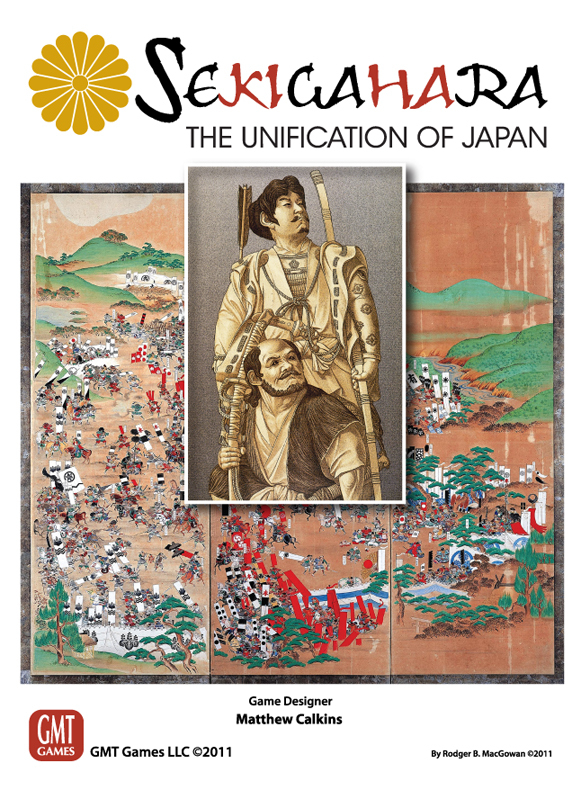
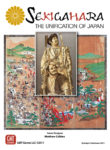
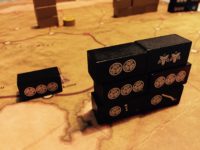

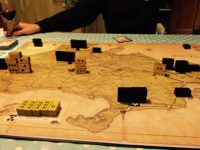
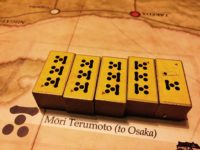
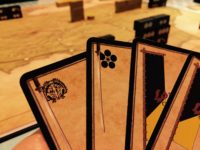


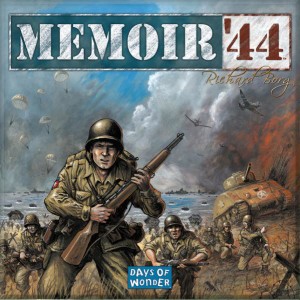
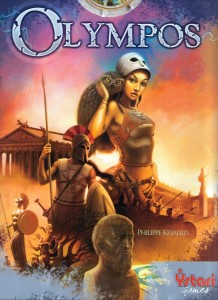
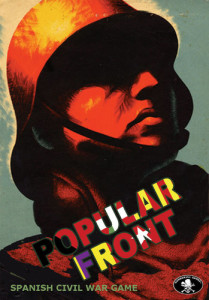

Sam says
I've only played Sekigahara twice but I was impressed; it looks lovely, and the gameplay is surprisingly simple. It is long, and you're at times at the mercy of what cards happen into your hand, lending Sekigahara a tactical, roll-with-the-punches feel rather than a grand strategic battle. And I like everything it conjures up: not just the battle of numbers, but opportunities to second-guess, bluff and feint, and the hidden knowledge of where your opponent's key players in this fight are located. There's a lot to like here.